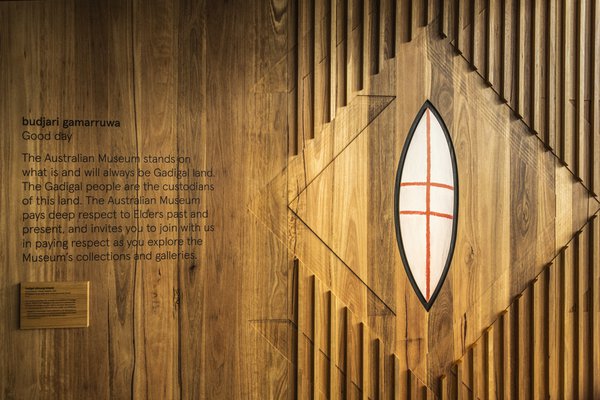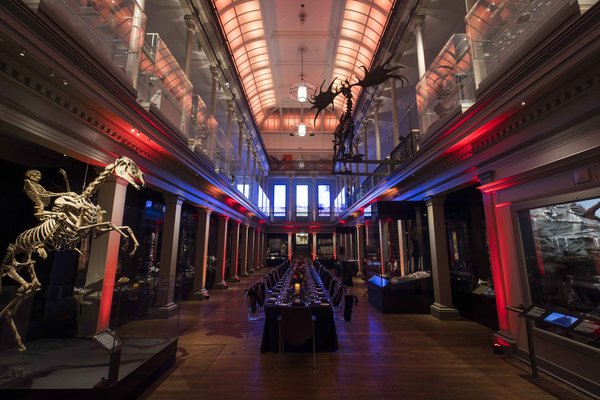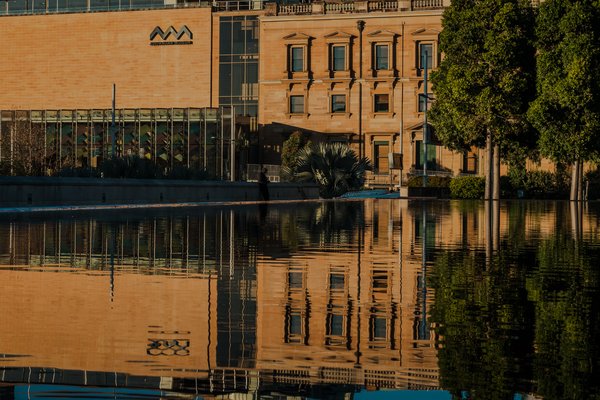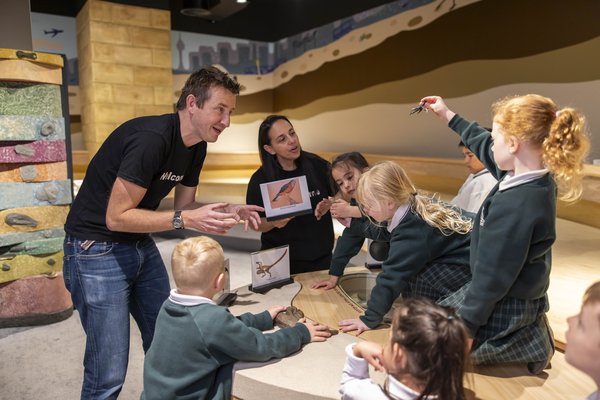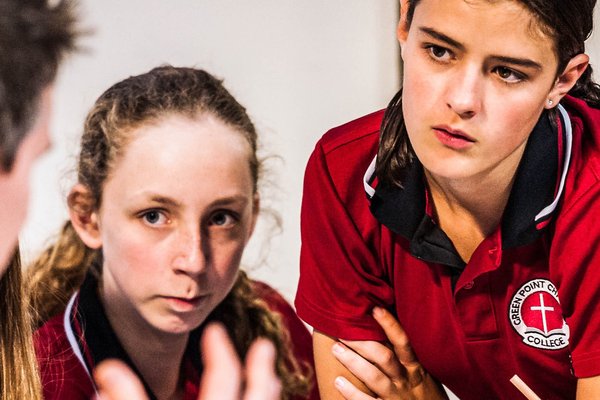200 Treasures unit

-
Audience
Primary school -
Learning stage
Early Stage 1, Stage 1, Stage 2, Stage 3 -
Learning area
English, Geography, History -
Type
Learning unit, Learning resources
On this page...
The Australian Museum is Australia’s first public museum and was established in 1827 with the aim of procuring ‘many rare and curious specimens of Natural History.’ The first gallery in Australia's first museum, The Westpac Long Gallery has been magnificently restored to showcase 200 treasures. The exhibition showcases 100 treasures of the Australian Museum alongside the stories of 100 of Australia’s most-influential people.
Treasures are precious items we often define with words like ‘rare,’ ‘beautiful’ and ‘priceless.’ The values we place on them can be personal, communal or objective. The Australian Museum collections contain many treasures. They are in excess of 21 million objects including cultural material and specimens of animals, fossils and minerals, which represent a readily accessible portion of our world.
Spread over two floors of the Westpac Long Gallery, 200 Treasures await your discovery. One hundred are objects carefully selected from the Museum’s extensive collections, another hundred are people chosen for the way they shaped Australia. Through these treasures, fascinating stories are revealed not only about our Museum but our nation – its people, history and role on the world’s stage.
On the ground floor you will see a number of showcases. Each showcase begins with a key treasure and unravels entanglements with other objects, people and places.
On the first floor you will see the 100 people chosen for the way they shaped Australia, as well as collection showcases which display specimens from each Museum collection area: Anthropology; First Nations; Pacific; Archaeology; Archives; Marine Invertebrates; Mammals; Arachnology; Malacology.
The first gallery which showcases the exhibition encompasses three levels in the original William wing of the Museum and it officially opened to the public in 1857. You can read more about the history of the Australian Museum here.
Through this unit, students will:
- investigate the meaning of a treasure and develop new perspectives on items within Museum collections.
- investigate the world’s cultural diversity, including some cultural and sustainable practices of indigenous peoples in Australia and nearby nations.
- explore objects made using natural and processed materials and consider how properties determine their use.
- use historical inquiry skills as they explore what a variety of cultural objects tell us about the past.
NSW syllabus outcomes
ENE-OLC-01, STe-4MW-ST, HTe-2, EN1-OLC-01, ST1-7MW-T, HT1-4, EN2-OLC-01, ST2-7MW-T, HT2-3, GE2-2, EN3-OLC-01, ST3-7MW-T, HT3-5, GE3-2.
-
Before your visit
-
Acknowledgement of Country
![Gadigal Shield and Statement of Reflection]()
Learn about the importance of an Acknowledgement of Country, and write one for your school.
-
What are cultural history and natural history?
![Lamond Collection Drawer, Morpho spp. (Nymphalidae)]()
Let us learn about some of the treasures that the Australian Museum studies, conserves and exhibits.
-
Show and tell
![Primary Schools students 200 treasures storytelling session.]()
Do you have your own treasure? Create a museum label and bring it in for show and tell!
-
What is a treasure?
![Australian Museum, Westpac Long Gallery venue hire.]()
Explore and discuss some treasures found in the Australian Museum’s collections
-
-
At the Museum
-
Book a free self-led visit
![Exterior of Australian Museum building]()
Book in a free self-led visit to the Museum for your school, and use our downloadable learning resources designed to engage students in our collections and exhibitions.
-
Book an educator-led program
![Primary school excursion]()
Book into our Museum educator-led programs for natural or cultural history.
-
-
After your visit
-
Exhibition review
![Elderslie High School students filming in Hintze Hall]()
Can you write or record your very own review of an exhibition at the Australian Museum? Take on the role of an influencer or journalist to tell people about your favourite treasures!
-
The future of museum treasures
![Students participating in education session at AM]()
Set up a debate in class about the future of museums – do you think museums should continue to use the same exhibition methods, or develop something more modern?
-
Create your own exhibition
![Spiders exhibition at Questacon (12)]()
Developing your own exhibition gives great scope for cross-curricula and project-based learning as students delve deep into a chosen topic.
-

